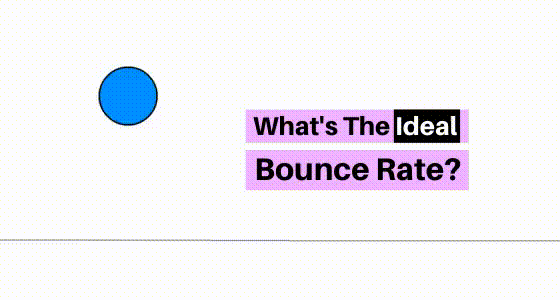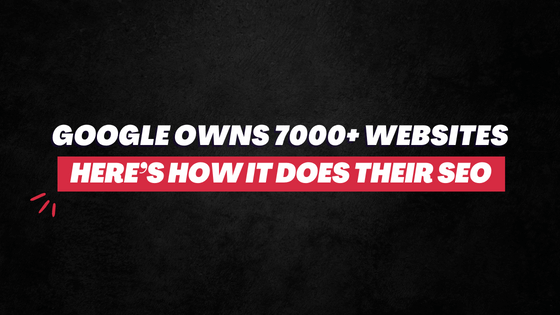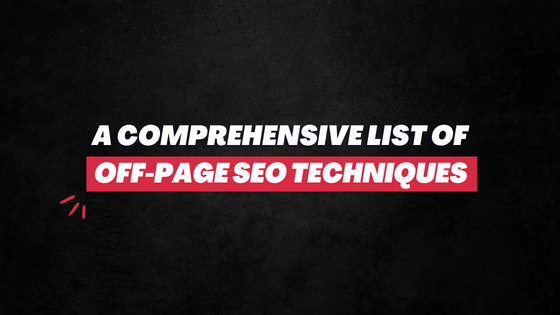The bounce rate is the total percentage of visitors who come to your landing page and leave without browsing any other part of the website.
For example, someone comes to your blog post via Google. They read the post and leave.
In that case, your bounce rate is 100 percent.
Did they visit any other page on your website from the landing page, the bounce rate wouldn’t be 100 percent
Now, after this basic bounce rate definition, the next big question that pops is…
How Is Bounce Rate Calculated?
(Check Analytics For This)
If your bounce rate is 80 percent, that means, out of 100 visitors, 80 of them leave your website after viewing the landing page without going to any other page.
Here’s the bounce rate formula:

Now in order to increase your organic traffic, it is important that you reduce the bounce rate. Because…
Does Bounce Rate Hurt SEO?
Bounce Rate is one of the important SEO ranking factors. It tells search engines about the quality of the landing page (and hence the website).
Like if someone is coming to your blog and leaving without strolling to other pages, it suggests the search engines…
“Umm, maybe the landing page isn’t very relevant to the visitors’ search query. I should look for some other and better website.”
And then your landing page eventually gets taken over by that someone “better”.
Unsurprisingly, when the aggregate bounce rate of your website is high, the search traffic would go/remain low. The conversion rate will dip. Revenue will be less.
Bounce Rate and Conversion Rate
The point to note is that a poor bounce rate might not directly affect your full site’s ranking on SERP. There are many other factors, after all.
For example, if you’re producing a lot of content consistently and have managed to get a decent number of backlinks, your website might rank just as good even with a high bounce rate.
However, a high bounce rate certainly means poor conversion; meaning, lower revenue. (If people are leaving your website without engaging, where’s the conversion?)
So, the question you must address is — what’s the use of high traffic when it isn’t improving your conversion and revenue?
To save your search ranking and revenue, you must put the bounce rate at the top of your priority list.
Recommended Read: Complete SEO Checklist for 2023 + PDF Download
“What Should My Bounce Rate Be?”
Now, you must be wondering what is good bounce rate. The answer to this is a bit vague.
It really depends on your search traffic, conversion, and revenue goals. There isn’t a one-size-fits-all answer for this.

If there are 100 visitors. 75 are leaving without browsing any other webpage; 25 are continuing on your blog.
Here the bounce rate is 75 percent, which is bad. But those 25 who are staying back, if all of them are buying what you’re offering…
Do the sales match your expectations? Does it match your revenue goals?
You answer!!!
If it does match your goals, a 75 percent bounce rate isn’t too bad for you.
So, what is the ideal bounce rate for you really depends on your own individual case. Plus, your industry will also play a major role.
If you have a micro-niche blog, the number of your potential buyers would likely be less comparatively. So, a high bounce rate could be fatal.
But when you have a blog with a very wide consumer base (for example: you’re selling Smartphones), you can afford a higher bounce rate.
Again, it depends.
“Normal” Bounce Rate
All said though, a 50 percent bounce rate benchmark is realistic and considered normal.
When the mark crosses 75 percent and beyond, you must immediately get into identifying why your visitors aren’t staying back.
The bounce rate between 25 and 35 percent is usually very good. Anything below this is perfect!
Generally, you must always strive to keep your website bounce rate as low as possible. And for this – to effectively analyze your ROI – you must set a baseline for your website.
What is that bounce rate level, below which, you are getting the desired conversion and revenue?
Identify this threshold level and then work to keep your website bounce rate below this and better.
The best bounce rate checker tool is, of course, Google Analytics.
Recommended Read: How To Get Free Backlinks For Your New Blog?
Bounce Rate vs Exit Rate
Before leaving, let’s also clarify the fact that Bounce Rate and Exit Rate are not the same.
Many people, unfortunately, use them interchangeably. In reality, they have different meanings.
Exit rate is the percentage of visitors that leave your site from a given page — it doesn’t have to be the landing page. It is basically the percentage of exits on a page.
It is a comparison of the total number of visitors who exit from a page to the total number of views that a particular page has received.
To put it in more simple words…
Exit Rate represents the percentage of visits that concluded with a specific page being the last in the session, while Bounce Rate refers to the percentage of visits where a single page was the only one viewed during the session.

To understand this better, head here to check out Google’s explanation.
The difference between these 2 exists. But they share the mutual goal of calculating the percentage of people who leave a page after opening.
If it’s too confusing to understand, stick just to the bounce rate for now.
Exit rate is more useful for funnel optimization, which shouldn’t be of utmost concern for new bloggers and marketers.
Look to reduce the bounce rate first for now. 🙂
Recommended Read: How to Reduce Bounce Rate: 19 Steps to Save Your SEO
For more on content marketing strategy and SEO to boost traffic, follow Spell Out Marketing on Twitter!



